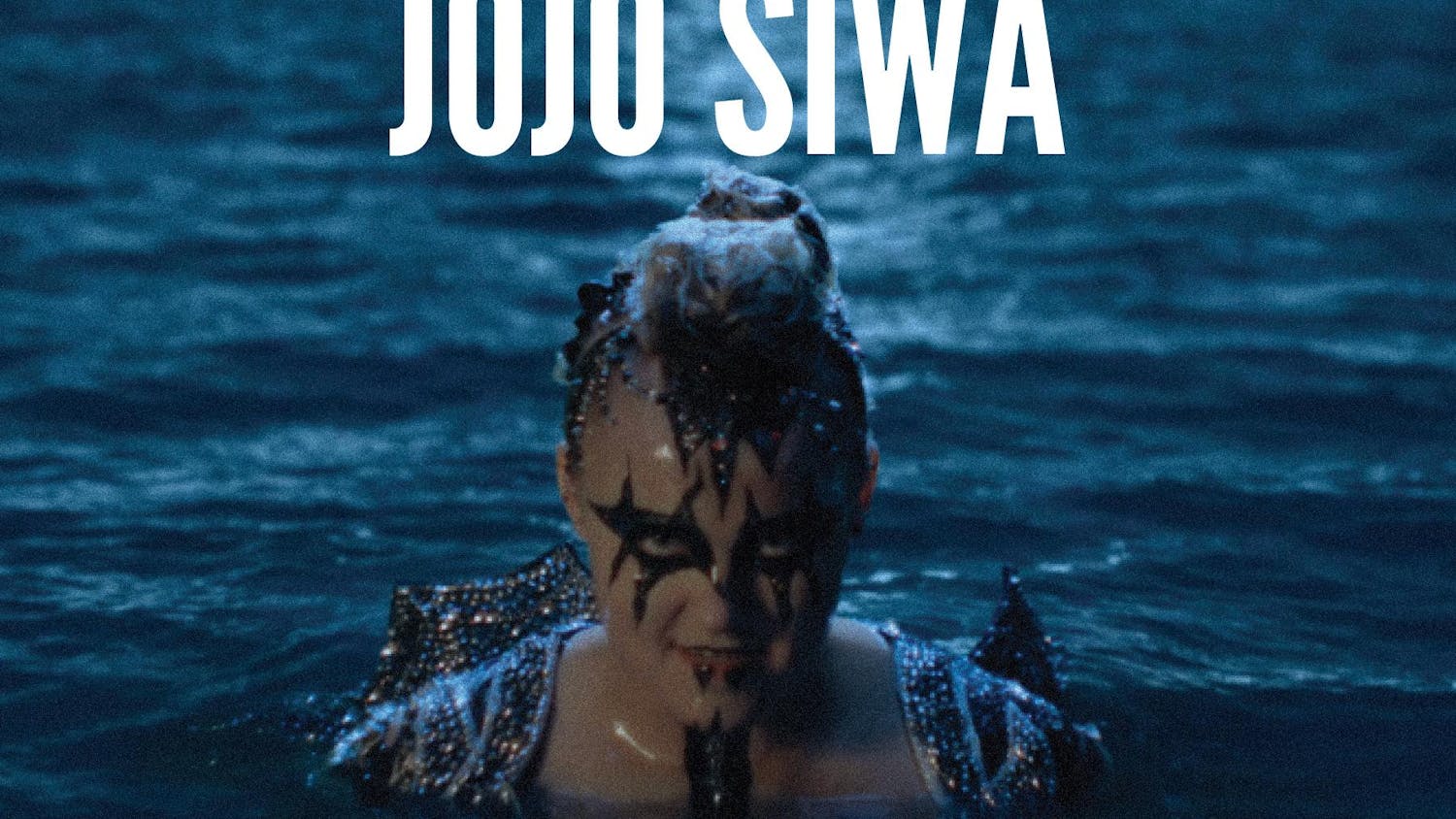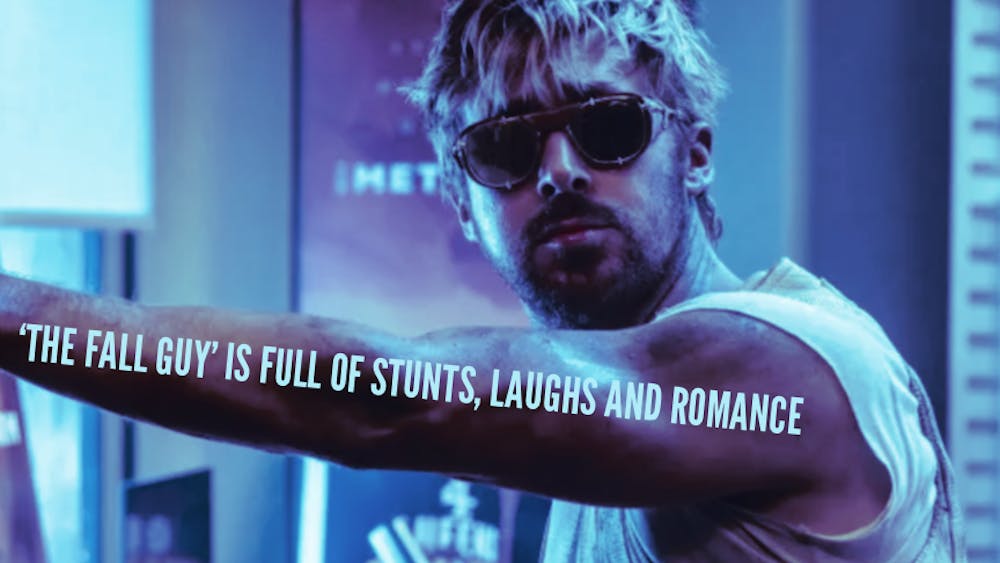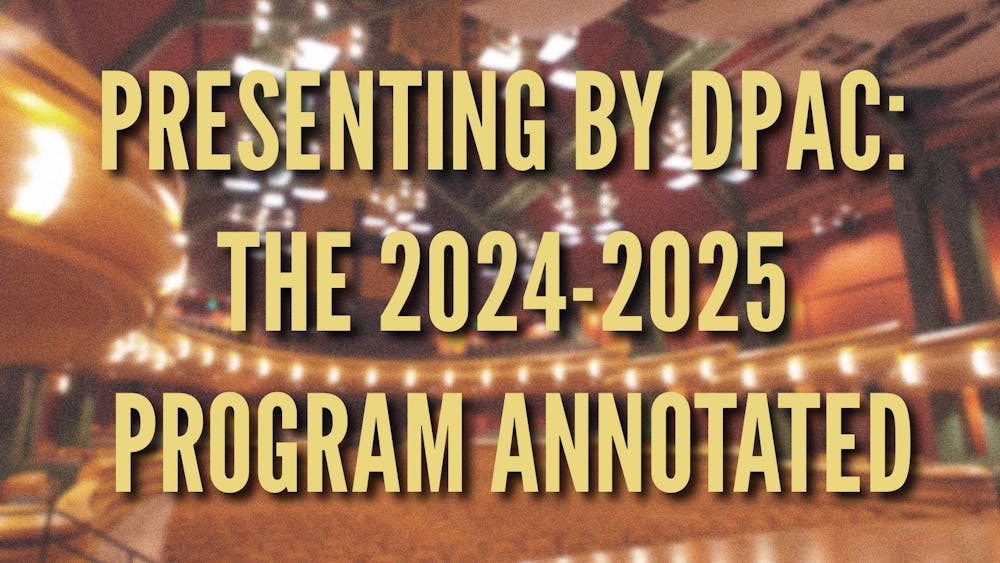
Unique among the hundreds upon hundreds of records that I have listened to over the course of my lifetime, My Bloody Valentine’s “Loveless” comes close to perfect. With its arduously perfectionist engineering, its unusual pseudo-pop sensibility and its masterful blend of tenderness and abrasiveness, the record — released to massive critical acclaim in 1991 — stands as the unquestionable pinnacle of that noisy, sexy and dreamy genre known as shoegaze.
Unfortunately — though unsurprisingly — the recording of “Loveless” drowned Creation Records with insurmountable production costs. The stumbling label felt forced to drop My Bloody Valentine from its lineup in the process of its recovery. While the group did not disband and, in fact, went on to produce several records’ worth of material, none of this material was ever released — a result of Kevin Shields’ notorious fastidiousness. Eventually, between 1995 and 1997, the band members parted ways.
Yet the “Loveless” legend does not begin and end with the record’s release. Its legacy continued to permeate the musical output of the ’90s, years after all hope of a follow-up had been given up. Scores of groups were born with the sole mission of replicating the magic that My Bloody Valentine had captured in a mere 48 minutes, and several veteran bands — pioneers themselves — drew inspiration from the record’s noisy textures and ecstatic melodies when crafting their subsequent releases.
Many forget, however, that “Loveless” itself was not produced in a vacuum, even if its critics argue that the record sounds like a cacophony of vacuum cleaners. Indeed, My Bloody Valentine owes much of its success to groups like The Jesus and Mary Chain and Cocteau Twins, pioneers of noise pop and dream pop, respectively — the direct ancestors of shoegaze. Even nearer contemporaries such as Ride, which released its breakthrough record “Nowhere” a year before “Loveless,” were engaged in a mutually influential relationship with the band. Yet, it is undeniable that other groups in the shoegaze pantheon — Slowdive in particular — would have been lost without the creative direction that “Loveless” uniquely provided.
Interestingly, several of these bands are now stealing yet another page from the My Bloody Valentine playbook decades later.
Shortly after My Bloody Valentine imploded in the late ’90s, its memory became history and the underground scene largely moved on. With Kevin Shields’ monastic discreetness, nobody expected the band to make a comeback; though the band had promised a follow-up to “Loveless,” the drought endured into the 21st century.
Even after Sony reissued the band’s two breakthrough LPs and an underrated anthology of EPs in 2012, the year 2013 seemed as unlikely a time as ever for a wholly new record. Yet, without much initial fanfare, Shields delivered exactly that. Not only did My Bloody Valentine reunite, but its third LP, “m b v,” also finally saw the light of day.
Perhaps the record gave people hope. Either way, the event seems to have inspired an entourage of defunct shoegaze bands to look themselves in the mirror, asking themselves: “Where has the magic gone?” Fortunately for us, it had never left.
Indeed, a hiatus is not synonymous with stasis. Many of these bands’ members have been busy in the meantime. Take Bobby Gillespie, drummer for The Jesus and Mary Chain, who founded the genre-spanning collective Primal Scream during the former band’s tenure. As Primal Scream, he has released new music as recently as last year. Similarly, the lead guitarist for Ride enjoyed a long tenure with fellow British rock band Oasis until that group’s demise. And the immensely talented vocalist Elizabeth Fraser — of Cocteau Twins fame — has collaborated with several other artists in recent decades; she has released several solo recordings as well.
But now, these scattered geniuses are coming together once again.
A year after the release of “m b v,” Ride reunited late in 2014, announcing a world tour that included sets at several major music festivals the following year, including Primavera Sound and the Coachella Valley Music and Arts Festival. It was the first of many forthcoming reunions, even outside of the shoegaze bubble. Moreover, the group announced in late 2016 the development of new record to be released in 2017, further fueling excitement.
The scene has been busy since then. In January, Slowdive released its first single in 22 years — “Star Roving.” Though no new record has been announced, there is hope elsewhere: After announcing its reunion and subsequent tour, The Jesus and Mary Chain has released a new single — the bittersweet “Always Sad” — to promote its first record in 18 years, “Damage and Joy.” As for Ride, the band has led the pack with two powerful lead singles — “Charm Assault” and “Home Is a Feeling.”
Whether or not these groups have been galvanized by My Bloody Valentine’s return is debatable, although their synchronous movements are certainly not coincidental. Is shoegaze back? To say so would be misleading, as the genre has been inspiring generations of new musicians since the ’90s. But the pantheon of shoegaze has certainly returned.













